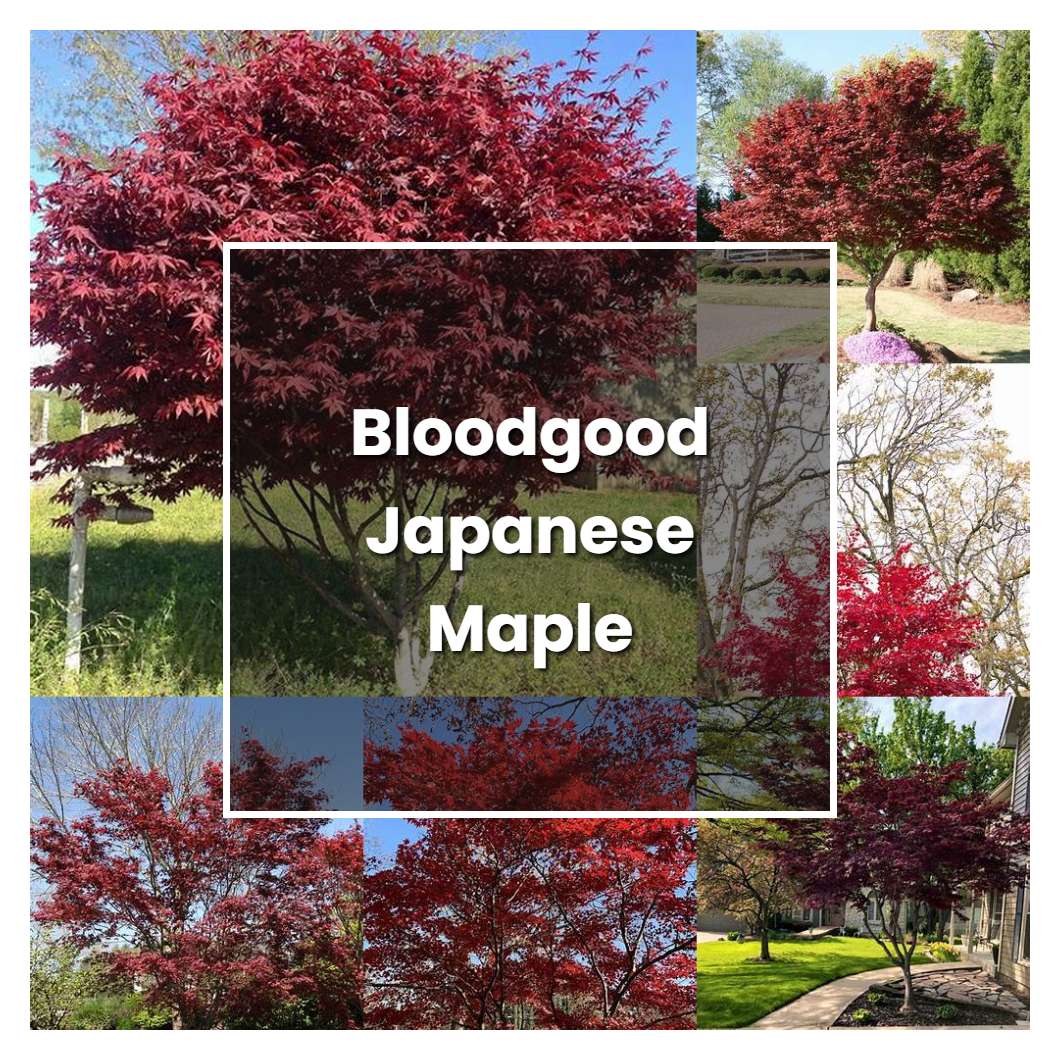Bloodgood japanese maple is a type of japanese maple that is known for its deep red leaves. The bloodgood japanese maple is a popular plant for gardens and landscaping. The plant is also used in bonsai.

Related plant:
Acer Palmatum Bloodgood
About soil condition, the best type of soil for a bloodgood Japanese maple is a deep, rich, well-drained soil. If your soil is too sandy or too clay-like, it can cause problems for the tree. You can improve your soil by adding organic matter, such as compost or peat moss.
So, like the other Japanese maples, the Bloodgood Japanese maple needs full sun to partial shade. It prefers four to six hours of direct sunlight each day in order to maintain its deep purple color. If the tree does not get enough sun, the leaves will develop a green tinge.
The temperature conditions that are ideal for bloodgood japanese maple trees are those that are cool and moist. The tree does not like hot, dry conditions and will not thrive in them. It is best to plant the tree in an area where it will receive some shade during the heat of the day, as this will help to keep the roots cool and moist.
Ideal humidity condition for this plant is 50%. If the humidity falls below this, the leaves may start to curl and the plant may become stressed. If the humidity rises above this, the leaves may start to yellow and the plant may become susceptible to fungal diseases.
Discussing fertilizer, this kind of plant need special attention when it comes to giving them the right amount of nutrients. With too much, the leaves may become scorched, while too little will cause the leaves to drop. A bloodgood Japanese maple needs a fertilizer that has a low nitrogen content and is slightly acidic. When applying fertilizer, do so in early spring before new growth begins.
Pruning a bloodgood Japanese maple is essential to maintain its shape and promote new growth. The best time to prune is in late winter or early spring before new growth begins. Begin by removing any dead, diseased, or damaged branches. Next, thin out the canopy to allow light and air to reach the inner branches. Finally, cut back any overgrown branches to the desired length.
Propagation of the bloodgood japanese maple is done through rooting stem cuttings taken from the tips of young branches in late spring. The cuttings should be about 6 inches long and should have at least 2 leaves. Place the cuttings in a potting mix that is high in organic matter and keep the soil moist. Place the pot in a bright location but out of direct sunlight. Rooting will occur in 4-6 weeks. Once the roots are established, transplant the young plants to individual pots and grow them for one growing season before planting them in the landscape.
Usually, the plant growth rate is about 1 to 2 feet per year. However, if the conditions are just right, it is possible for them to grow 3 feet or more in a single year. They require full sun to partial shade, and moist, well-drained soil.
Common problems for this kind of plant are aphids, scale, and root rot. Aphids are small, wingless insects that can be found on the undersides of the leaves. Scale are small, hard-bodied insects that can be found on the stems and leaves. Root rot is a disease that can be caused by too much moisture in the soil.
Source:
Bloodgood Japanese Maple - Acer palmatum `Bloodgood` - PNW
Bloodgood Japanese Maple Named Medallion Winner
Japanese Maple | Mississippi State University Extension Service
